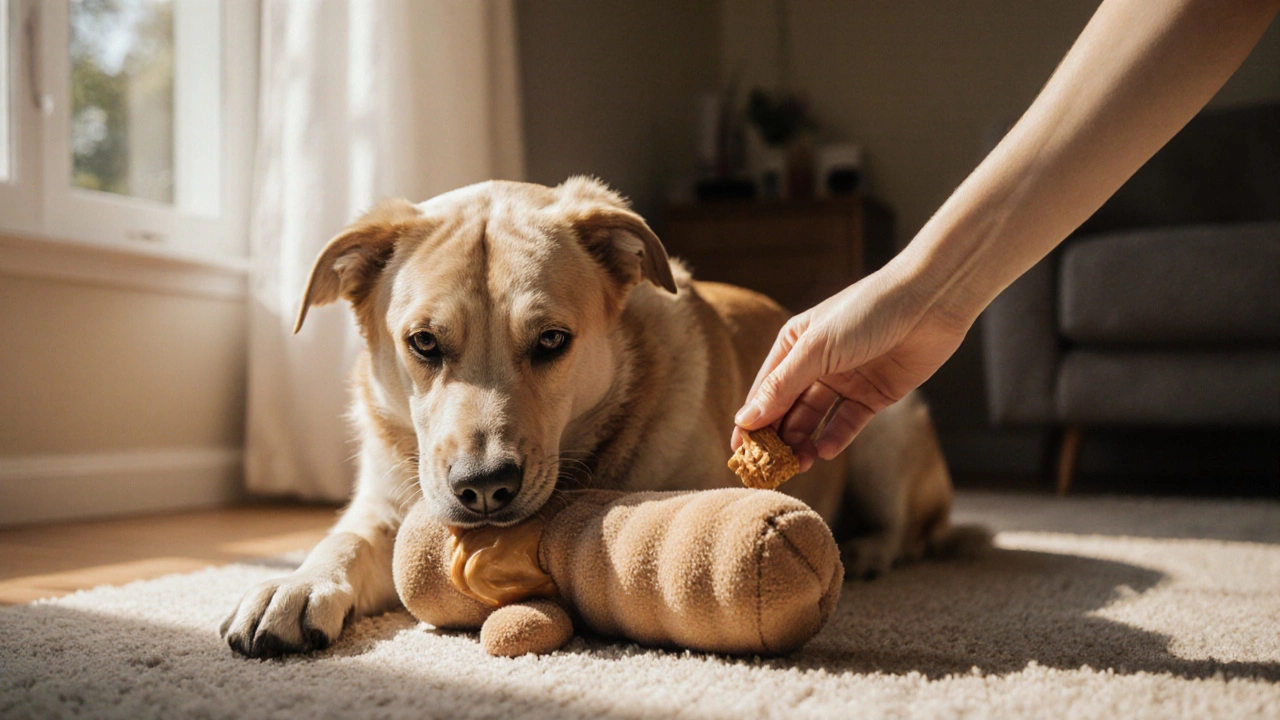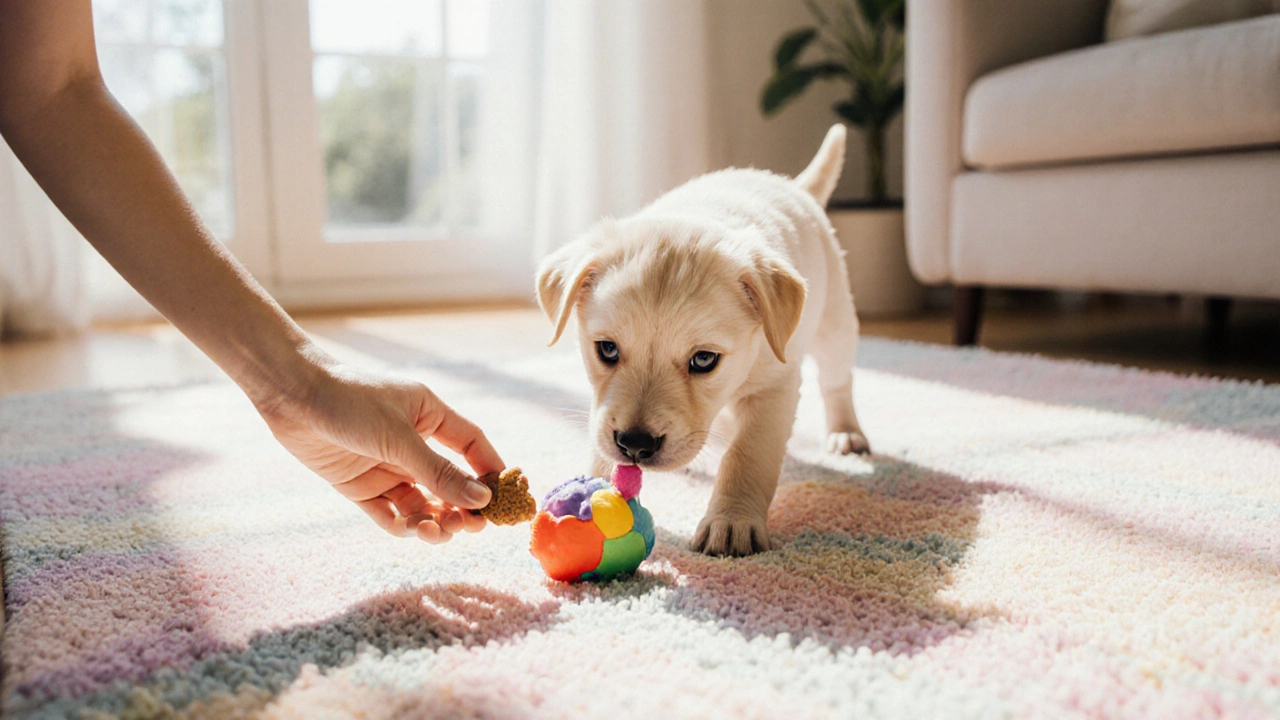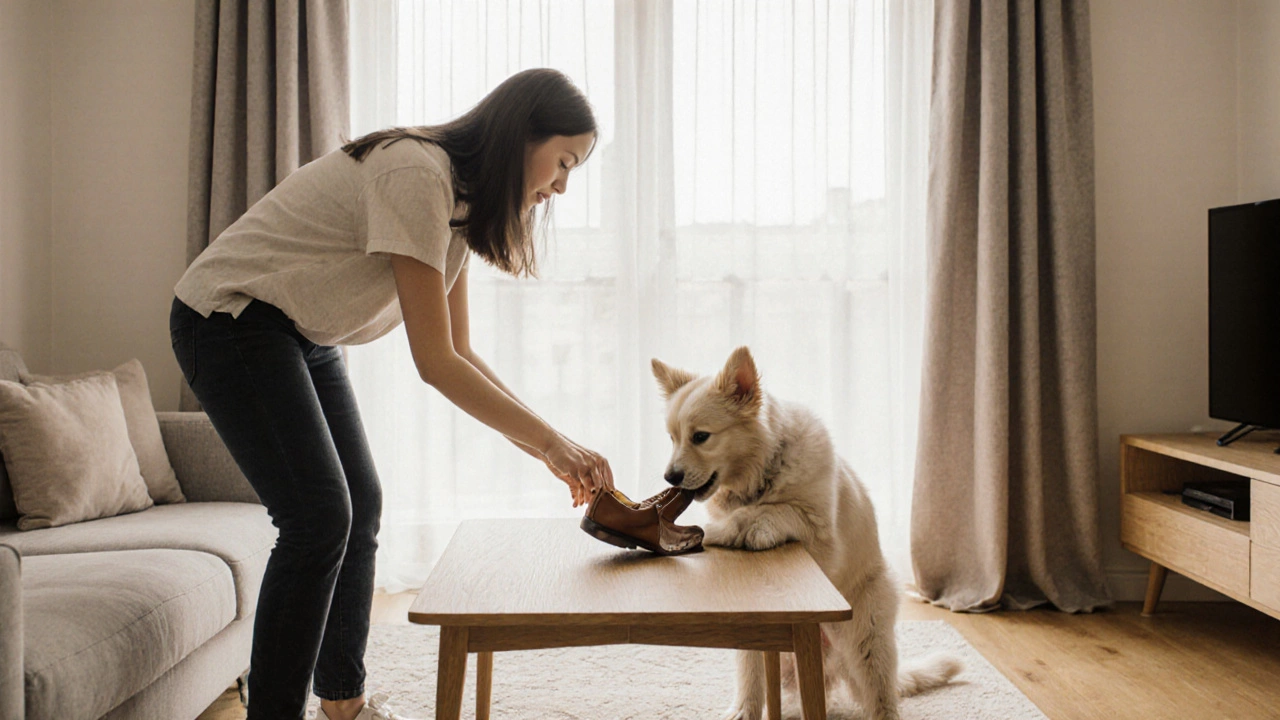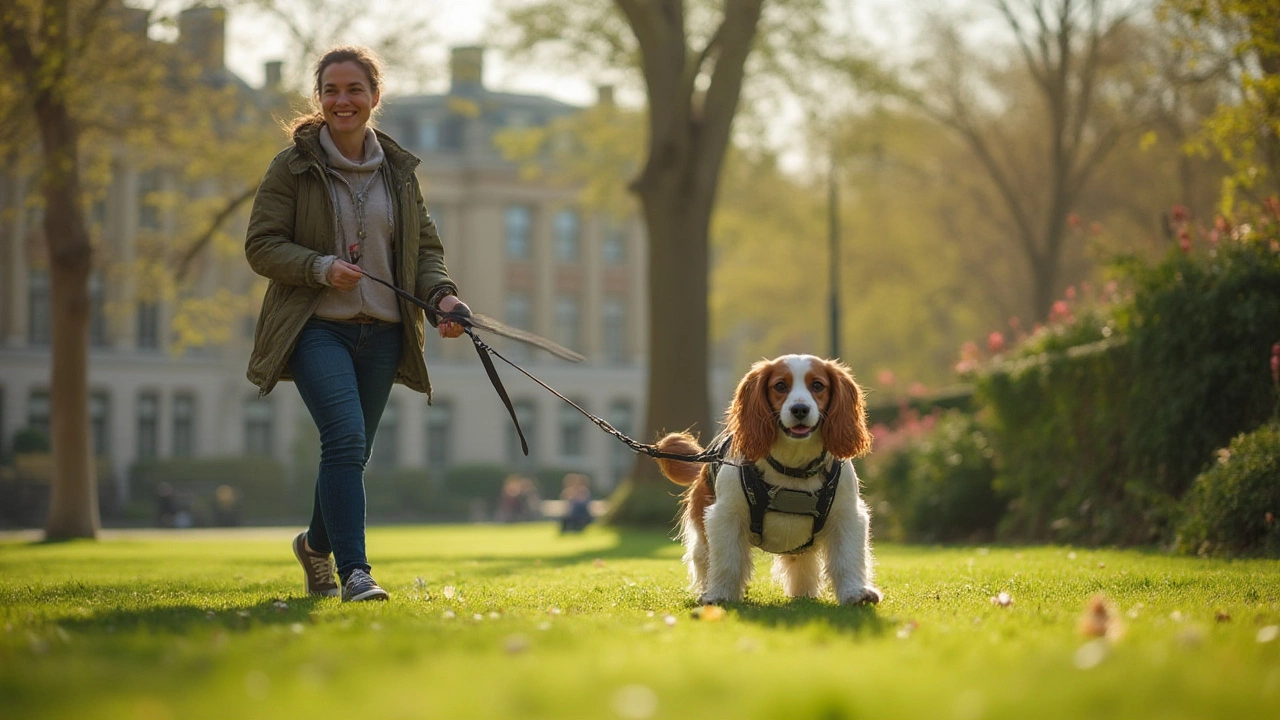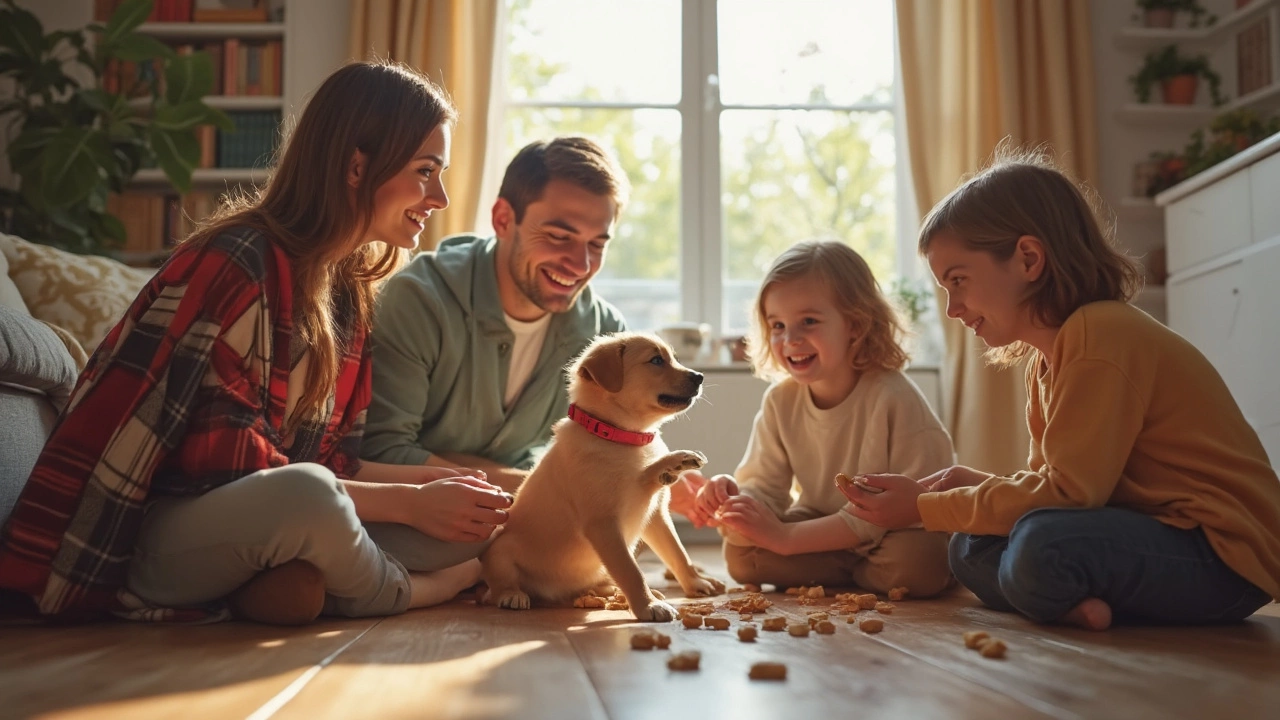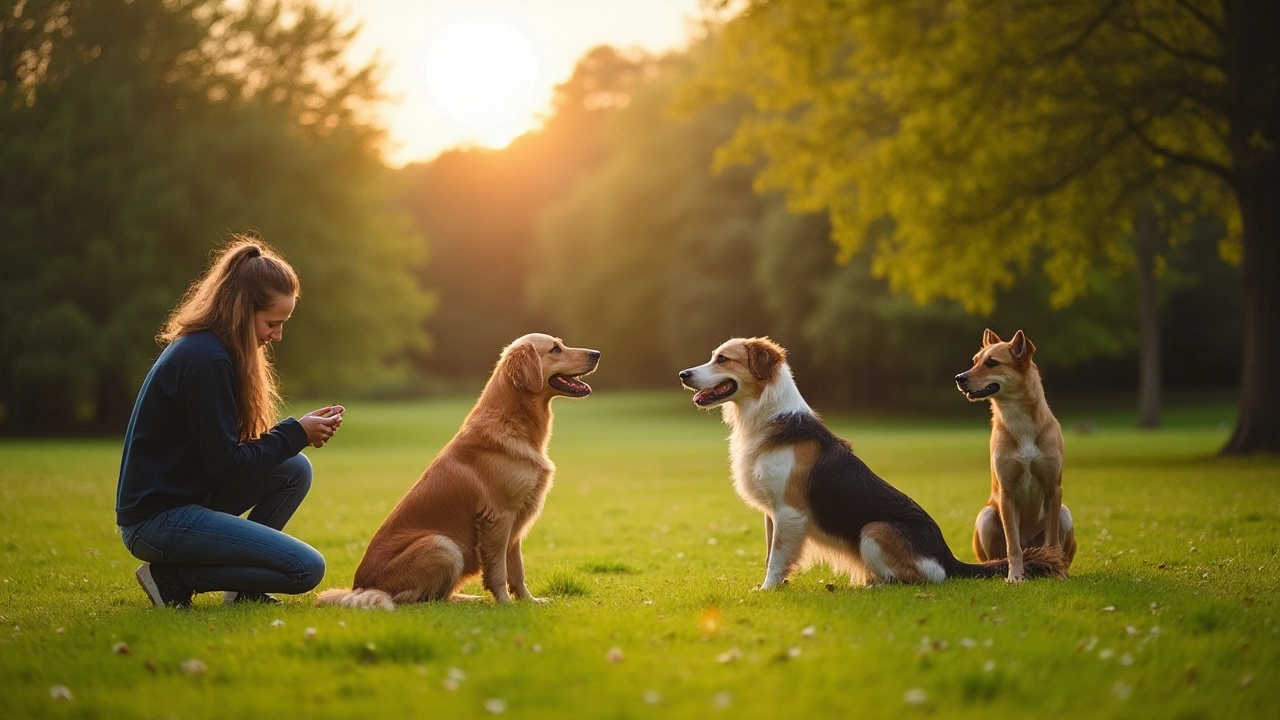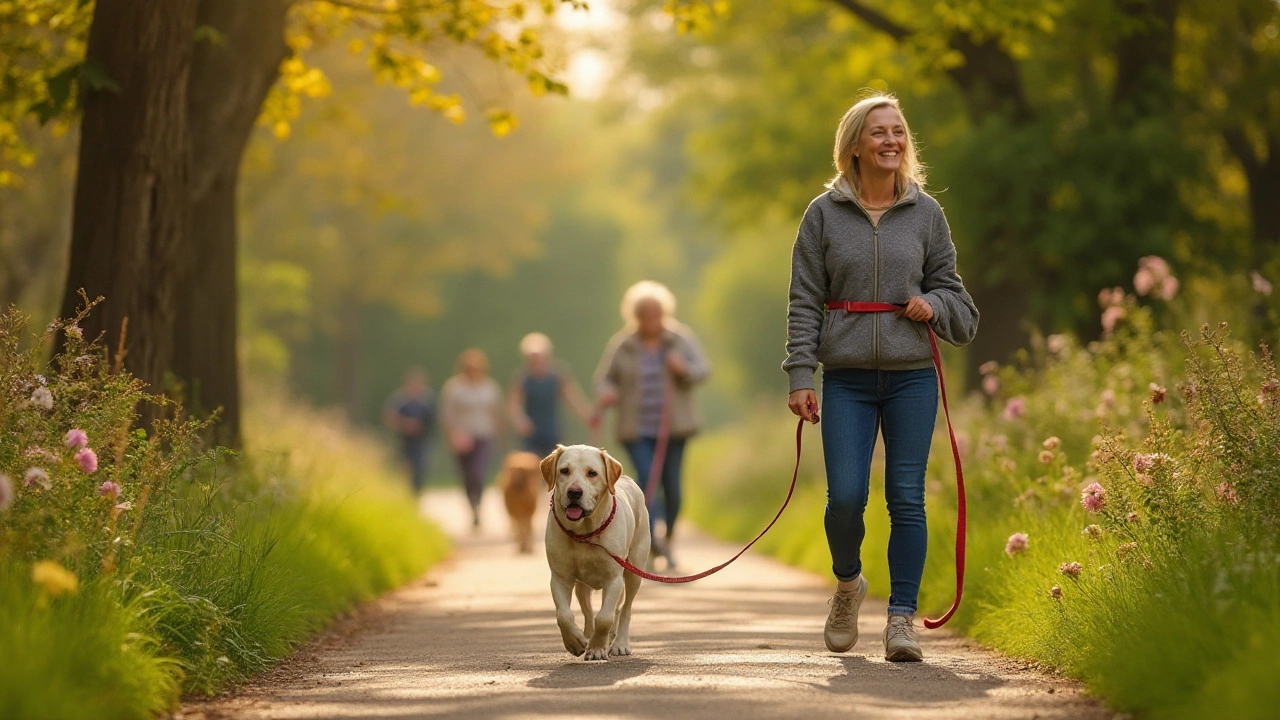Dog Training Made Simple: Practical Tips for Every Owner
If you’ve ever wondered when to start training your dog, how long a session should last, or why your pup keeps pulling on walks, you’re in the right place. This guide breaks down the basics, gives you clear steps to follow, and points out the tools that actually work. No jargon, just straight‑forward advice you can try right now.
When to Begin Training and How Long to Train
Most owners think they need to wait until the puppy is fully grown, but the truth is you can start as soon as you bring your dog home. Early learning happens through everyday moments – feeding, play, and short commands. Aim for sessions that are 5‑10 minutes for puppies and 10‑15 minutes for adult dogs. Short, frequent bursts keep your dog focused and prevent boredom.
Watch your dog’s attention span. If they start looking around or losing interest, end the session early and try again later. Consistency beats length; a few minutes a day beats a long, frustrating hour once a week.
Stopping Pulling: Leashes, Harnesses, and Loose‑Leash Walking
Pulling is one of the most common complaints, and it’s usually a sign that your dog wants more control. A no‑pull harness can give you gentle control without choking the animal. Pair it with a short, sturdy leash – about 4‑5 feet – so you can give quick, clear cues.
Start in a low‑distraction area. Hold the leash with a relaxed hand, and reward any step where the dog walks beside you without tension. If the leash gets taut, stop walking. Wait for slack, then resume. This “stop‑and‑go” method teaches the dog that pulling doesn’t get them where they want to go.
Consistency is key. Everyone in your household should use the same cue and method, otherwise the dog gets mixed signals and the pulling continues.
Other Everyday Training Topics
Sleeping habits can spark myths about “alpha humans.” In reality, where your dog sleeps says more about comfort than hierarchy. If you want your dog to sleep in their own bed, make it cozy, praise them for using it, and keep the human bed off‑limits with a clear rule.
Teaching basic commands like sit, stay, and come works best when you keep rewards high – treats, praise, or a quick play session. Use a marker word like “yes!” to let the dog know they did the right thing, then follow up with the reward.
Remember, training is a two‑way street. Your dog learns what you expect, and you learn what motivates them. Keep sessions fun, stay patient, and celebrate small wins. Over time, those simple steps turn into reliable habits that make life easier for both of you.
What Can I Use Instead of a Bark Collar? Effective, Humane Dog Training Alternatives
Discover humane, science-backed alternatives to bark collars that actually fix the root cause of excessive barking. Learn how positive training, mental stimulation, and behavior modification work better than punishment.
Effective Ways to Discipline an 8‑Week‑Old Puppy
Learn practical, gentle ways to discipline an 8‑week‑old puppy, from positive reinforcement to crate training, with step‑by‑step tips and a handy checklist.
How to Teach Your Puppy ‘No’ - Simple Training Tips
Learn the step‑by‑step method to teach your puppy ‘no’ using clear cues, consistent timing, and positive rewards for lasting results.
Do Dogs Sleep With the Alpha Human? Science, Myths, and What Your Dog’s Bed Choice Really Means
Do dogs sleep with the alpha human? Here’s the science behind bed choice, how to set fair sleep rules, and what to do if your dog prefers someone else.
Best Dog Leash and Harness for Pulling: Stop Your Dog from Tugging Walks
Discover the most effective tools to stop a dog from pulling on walks. From no-pull harnesses to clever training tips, get specific advice that works with real dogs.
What Age Should a Dog Be Trained? Key Facts and Practical Tips
Wondering when to start training your dog? This article breaks down the best age to begin, explains early learning stages, and shows what matters more than the dog’s age. Get real tips for raising a well-behaved, happy pup and discover how timing can make life smoother for both of you.
Optimal Length for Effective Dog Training Sessions
Training a dog effectively hinges on the duration and quality of each session. Striking the right balance can significantly influence learning and retention in dogs. This article explores how long training sessions should ideally last to keep dogs engaged and motivated. It also offers insights into tailoring sessions according to your dog’s age, breed, and attention span, ensuring each session is both productive and enjoyable for your furry friend.
Mastering Loose-Leash Walking: Essential Dog Collar Tips
Walking a dog that constantly pulls can be a challenging task for many pet owners, leading to frustration and even unsafe situations. This guide explores practical solutions for taming your dog’s pulling habit, focusing on selecting the right collar and mastering loose-leash walking techniques. With insights into different types of collars and training tips tailored for consistency and patience, dog owners can transform their daily walks into enjoyable experiences. Understanding your dog’s motivations and investing time in proper training is key to achieving harmony on walks.
